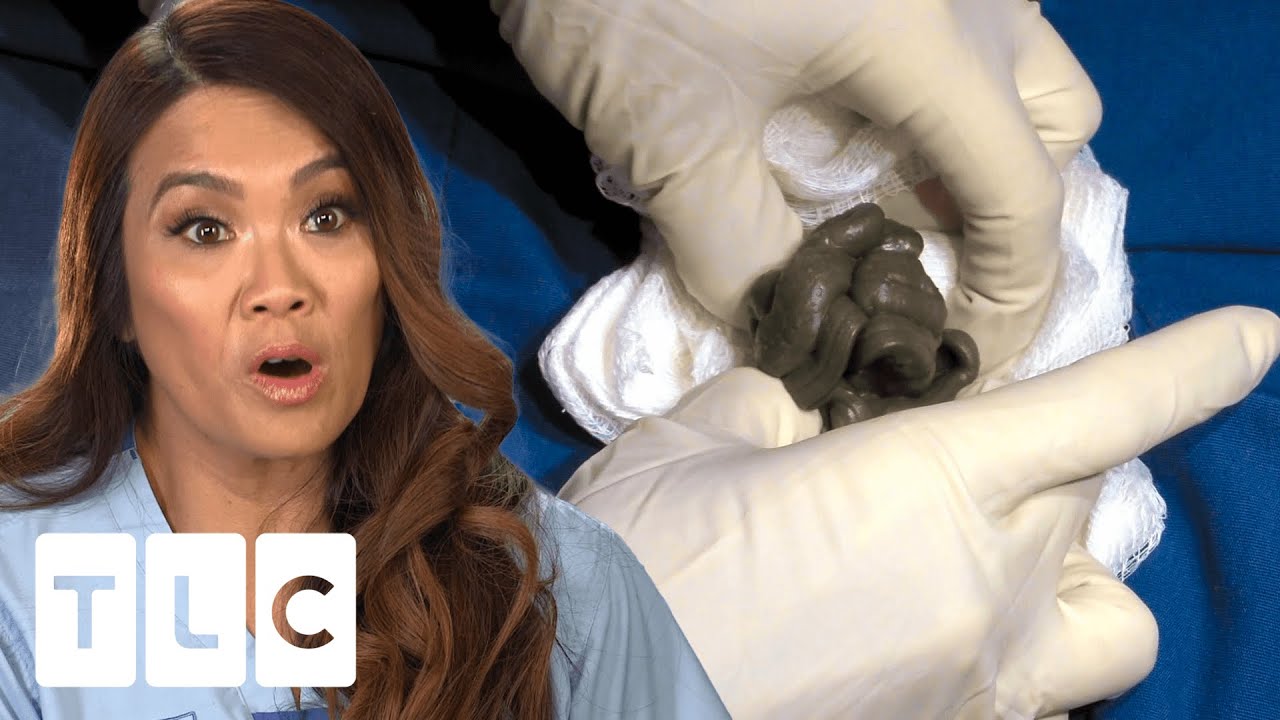
Hamsters are tiny, cute, and full of personality, making them one of the most popular small pets around. Whether you’re a first-time pet owner or a seasoned hamster enthusiast, these little creatures can bring a lot of joy to your life with their playful antics and curious nature. But, like all pets, hamsters need proper care, a suitable living environment, and attention to their specific needs to thrive.
In this blog post, we’ll dive into everything you need to know about caring for a hamster, from setting up their home to understanding their unique behaviors and health requirements. If you’re thinking about getting a hamster or are already a proud hamster parent, read on for some helpful tips!
Why Hamsters Make Great Pets
Hamsters may be small, but they have a big personality! Here are a few reasons why hamsters are such great pets:
- Low Maintenance: Hamsters don’t require constant attention or complex care routines, making them a good option for people with busy schedules.
- Small Space Requirements: Hamsters don’t need a lot of space to live comfortably. A hamster cage or habitat doesn’t take up much room, which makes them perfect for apartment dwellers or anyone with limited space.
- Entertaining: These little guys are curious and love to explore, play, and burrow. Watching them run on their exercise wheel, build nests, or store food is both fun and educational.
- Great for Kids: Hamsters can be a great way to teach children about responsibility and animal care. Their small size and relatively gentle nature make them ideal for older kids who can handle them with care.
Setting Up the Perfect Home for Your Hamster
The first step to ensuring your hamster lives a happy and healthy life is setting up the perfect home for them. A hamster cage or habitat should provide plenty of space, comfort, and enrichment. Here’s what to consider when setting up their home:
- Choosing the Right Cage:
- Size Matters: The cage should be large enough for your hamster to move around freely, with space for a wheel, tunnels, and bedding. A minimum size of 360 square inches of floor space is recommended for most hamsters.
- Material: Hamsters can chew on plastic, so a wire cage with a solid bottom is often a good choice. If you go with a plastic or glass aquarium, make sure there’s enough ventilation.
- Escape-Proof: Hamsters are escape artists! Ensure the cage has a secure, locked door or lid, as they can squeeze through surprisingly small gaps.
- Bedding and Nesting Materials:
- Use bedding that’s safe and absorbent, such as shredded paper or wood shavings (avoid pine or cedar wood shavings, as they can be harmful to hamsters).
- Hamsters love to burrow, so provide enough bedding for them to dig into and create cozy nests.
- Exercise Wheel and Toys:
- A hamster’s exercise wheel is crucial for their physical health. Choose a wheel that’s solid (no bars) and big enough for your hamster to run comfortably.
- Offer various toys, like tunnels, chew toys, and climbing structures, to keep them mentally and physically stimulated.
- Food and Water:
- Provide fresh water daily in a water bottle with a sipper tube or a heavy, stable bowl.
- Hamsters are omnivores and should be fed a balanced diet, which typically includes high-quality hamster pellets, fresh fruits, and vegetables. Avoid sugary foods and excessive treats.
- Temperature and Location:
- Keep your hamster’s cage in a cool, dry area away from direct sunlight and drafts. Hamsters prefer temperatures between 65-75°F (18-24°C).
- Avoid placing the cage near loud noises or in areas with a lot of activity, as hamsters are nocturnal and may need quiet time during the day.
Hamster Diet: What to Feed Your Pet
A proper diet is essential for keeping your hamster healthy and happy. Here’s what you need to know about feeding your hamster:
- Pellets: High-quality hamster pellets should form the bulk of their diet. These pellets are designed to meet all of a hamster’s nutritional needs. Avoid mix food with seeds and treats, as it can lead to picky eating and obesity.
- Fresh Fruits and Vegetables: Supplement your hamster’s diet with fresh, hamster-safe fruits and veggies. Some good options include:
- Carrot slices
- Cucumber
- Apple (without seeds)
- Broccoli
- Spinach (in moderation)
Remember to wash all produce thoroughly and remove any uneaten food from their cage after a few hours to prevent spoilage.
- Protein: Occasionally, you can offer small amounts of protein, such as boiled egg, mealworms, or cooked chicken, to your hamster.
- Treats: Hamsters love treats, but they should only be given sparingly. Choose healthy options like small pieces of fruit, nuts, or special hamster treats available in pet stores.
- Avoid Toxic Foods: Be aware of foods that are toxic to hamsters, such as chocolate, garlic, onions, citrus fruits, and sugary or salty foods.
Hamster Health and Grooming
While hamsters are generally low-maintenance pets, there are a few health and grooming considerations to keep in mind:
- Exercise: Hamsters are active animals, and they need plenty of exercise to stay healthy. An exercise wheel is essential, but you can also provide other enrichment activities like playtime outside of their cage in a hamster-safe area.
- Dental Health: Hamsters have constantly growing teeth, so it’s important for them to have something to chew on. Chew toys, cardboard tubes, and untreated wooden sticks are great options to help wear down their teeth.
- Cleanliness: Hamsters are clean animals, but their cage will need regular cleaning to keep things hygienic. Spot clean the cage daily and change the bedding once a week. Wash food dishes, water bottles, and toys regularly.
- Grooming: Most hamsters groom themselves, but long-haired breeds (like the Syrian hamster) may need occasional brushing to prevent matting. Use a soft toothbrush or a hamster grooming brush.
- Signs of Illness: Watch out for any signs of illness in your hamster, including lethargy, loss of appetite, diarrhea, or abnormal behavior. If you notice any of these signs, it’s important to consult with a vet who specializes in small animals.
Hamster Behavior: Understanding Your Pet
Hamsters are nocturnal creatures, meaning they’re most active during the night and tend to sleep during the day. Understanding your hamster’s natural behaviors will help you care for them better:
- Exploration: Hamsters love to explore their environment, especially during the night. This is when they are most active, running on their wheel, climbing on toys, or exploring tunnels.
- Socialization: While hamsters are generally solitary animals, they can still enjoy occasional interaction with their human companions. They may be more willing to interact with you if they trust you, but be sure to handle them gently and not wake them during their daytime rest.
- Burrowing: Burrowing is a natural behavior for hamsters. They love to dig through their bedding to create cozy nests and hide food. This is why it’s so important to provide plenty of bedding for them to burrow into.
- Hamster-Specific Habits: Some hamsters like to hoard food or stash it in their bedding. This is completely normal and part of their natural instinct to store food for later.
Conclusion: Enjoying Life with Your Hamster
Hamsters can make wonderful pets for people of all ages. Their small size, low-maintenance care, and playful nature make them perfect companions for those looking for a pet that doesn’t require as much attention as larger animals. With the right care, a balanced diet, and plenty of mental and physical stimulation, your hamster can live a long, happy, and healthy life.
If you’ve recently adopted a hamster, or are planning to, be sure to set up a safe, comfortable home and offer them the love and care they need. And most importantly, enjoy watching them grow and thrive as part of your family!

